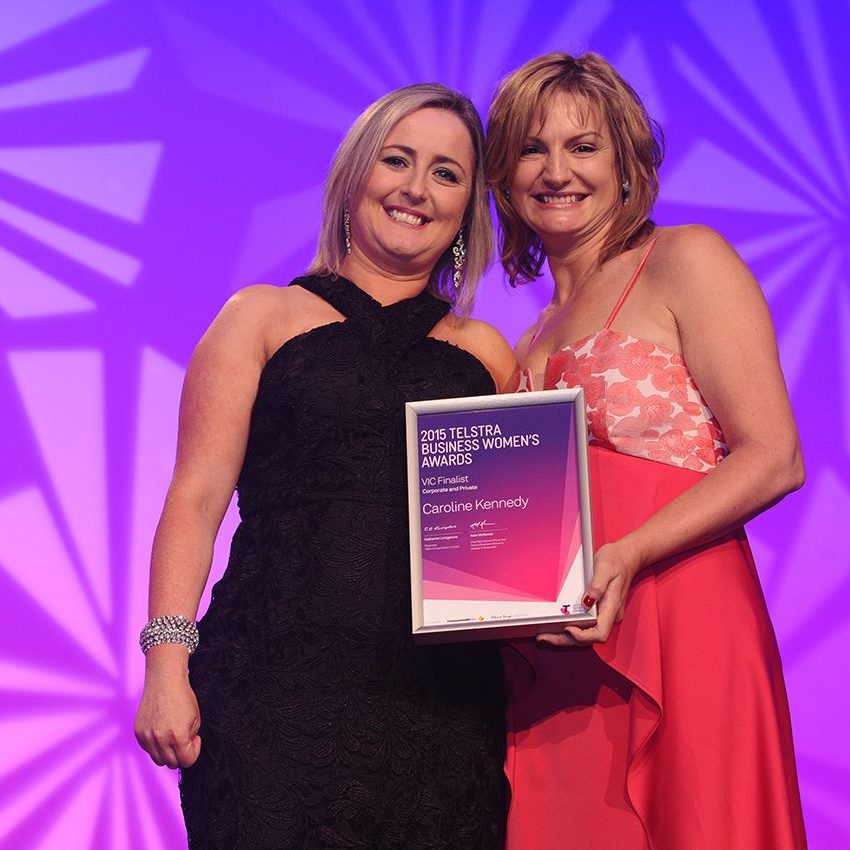Most of us don’t wake up each morning with the firm decision to be less than our absolute best as a leader. We all strive to be the best leader that we can be and impact those around us in a way that allows them to be the best they can be. Until recently, being a good leader meant having some key management and leadership skills.
But in today’s Volatile, Uncertain, Complex and Ambiguous (VUCA) world, the more traditional skill sets for leadership are no longer enough. Although we still need to be able to communicate effectively, delegate appropriately, manage our time efficiently, etc, these core leadership skills are not enough to succeed tomorrow and into the future.
Now you may be wondering what leadership skills you should develop to thrive in this unpredictable new world.
Here are my 6 Do’s and Don’ts for developing leadership for the future, whether in personal leadership or leadership in the world of work.
Do’s
- Know your strengths and learn to capitalise on them. For years I tried very hard to ‘fix’ my weaknesses. Until I realised something important: trying to fix weaknesses is so much harder, if not impossible, than learning how to use my strengths more effectively and in a wider range of situations! We are at our best, happiest and most authentic in our strengths. Understanding those strengths and finding more opportunities to use them elegantly and effectively will allow you to call on your authentic leadership even when the situation is volatile, uncertain, complex or ambiguous.
- Search for development options that strengthen your ability to learn and adapt. The challenge with operating in a VUCA world is that what you know and are capable of now is not going to cut it tomorrow. You need to focus your development on creating the ability to quickly learn and adapt. One way to do this is to develop the skills to make change effectively. Another focus could be on increasing your resilience and ability to manage stress.
- Develop your ability to solve complex problems and think creatively. Because tomorrow’s problems can’t be solved with today’s solutions, you won’t survive without the skills to quickly get the core of a completely new problem and find creative solutions. Traditional problem-solving training tends to teach a specific model or process, which works for problems that are fairly standard. Programs that take creative thinking as its starting point give you a much more sustainable capability for solving new and ambiguous problems.
- Have a vision. With so much uncertainty, people crave direction. You need to have, and be able to communicate, a clear vision of how your area of expertise will evolve and contribute to the challenges of the future. This vision should be based as much as possible on facts and information, but in the end, it serves to provide direction for you and the people around you to keep moving forward.
Don’ts:
- Shy away from asking for feedback: Most of what you need to achieve you’ll probably need to achieve through or in cooperation with others. And in every interaction, you have an impact on them. You may have an idea about what impact you are having on other people, but the only way to be certain is to ask for feedback. Knowing how the people around you experience you and whether they feel encouraged or hindered by your behaviours will be an invaluable tool towards future-proofing your leadership. It will also give you some great insights into your leadership strengths and where to use them more.
- Rely on formal development only. In fact, your most important source of development is found in day-to-day experiences. Reflection, analysis, and extracting the 1 or 2 key learnings from a particularly fascinating experience will allow you to learn how to deal with new types of challenges as well as hone your leadership effectiveness.
I don’t know the specific industry you are in, but I’m willing to wager that you have seen massive change in the challenges you are confronted with on a daily basis. My 6 Do’s and Don’ts for developing leadership for the future help you to develop a VUCA ‘resilience’ that will see you thrive where traditional leadership skills won’t.











